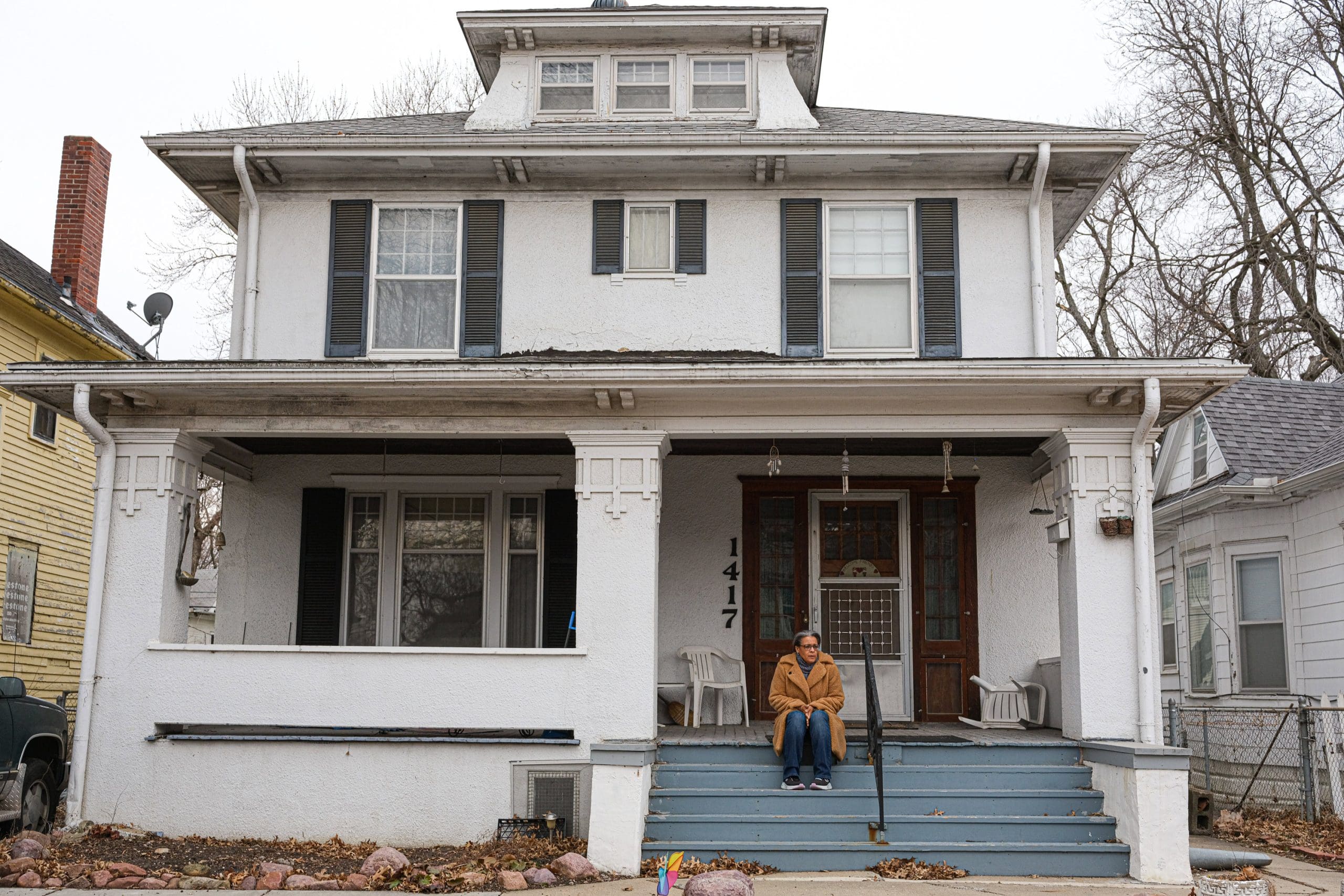Health
The Looming Financial Crisis in Long-Term Care for Older Americans


Millions of Families Face Financial Ruin as Costs of Long-Term Care Skyrocket
Margaret Newcomb, a retired French teacher, is struggling to protect her retirement savings as she cares for her husband with severe dementia. Feylyn Lewis sacrificed her career to care for her mother after a stroke, resulting in significant debt. Sheila Littleton had to abandon her grandfather at a psychiatric hospital to force the system to provide care. These stories are just a glimpse into the daunting choices millions of families are facing as the costs of long-term care continue to rise.
The Rising Costs of In-Home Care, Assisted Living, and Nursing Homes
The escalating costs of in-home care, assisted living facilities, and nursing homes are devouring the savings and incomes of older Americans and their relatives. The price tag for long-term care is reaching a half-trillion dollars a year, outpacing inflation. The population of Americans 65 and older is projected to increase by over 50% by 2050, further exacerbating the challenges.
The United States' Inadequate Long-Term Care System
Unlike other wealthy countries, the United States lacks a coherent system of long-term care. The private market for long-term care insurance has shrunk due to rate hikes by insurers. Labor shortages make it difficult for families to find caregivers. The cost of assisted living facilities has become unaffordable for many middle-class Americans, who must deplete their assets to qualify for government-funded nursing home care.
The Financial Burden on Families
Data from the Health and Retirement Study reveals that approximately 8 million older Americans have dementia or difficulty with daily tasks, and nearly 3 million have no assistance at all. Most rely on family members or friends for care. The United States devotes less of its GDP to long-term care than other wealthy countries, and its overall health spending is also lacking in support for long-term care.
The Inadequacy of Medicare and Medicaid
Medicare covers medical care costs for older Americans but only provides limited coverage for home aides or nursing home stays during recovery periods. Medicaid covers long-term care in nursing homes but only for the poor. Middle-class individuals must exhaust their assets to qualify, leaving them with minimal income and assets. Spouses are also subject to financial burdens.
The Need for a National Long-Term Care System
Efforts to establish a national long-term care system have failed, with Democrats advocating for stronger federal subsidies and improved wages for caregivers. The Biden administration's $150 billion proposal for in-home and community-based services was dropped from the Build Back Better Act. Republicans argue that individuals need to save for their future care.
The Soaring Prices of Private Companies
The boomer generation is reluctant to enter nursing homes and instead seeks care in assisted living centers. For-profit companies and private equity funds are capitalizing on this market, with some facilities costing at least $54,000 a year. Home care is also expensive, with agencies charging about $27 an hour. The rising number of individuals with dementia has further increased costs.


The Burden on Women as Caregivers
Women bear the brunt of caregiving responsibilities, often sacrificing their careers and experiencing lost wages. The toll of caregiving on children is significant, as they watch their parents decline and face the financial burden of care. The median lost wages for women providing intensive care for their mothers is $24,500 over two years.
The looming financial crisis in long-term care is a pressing issue for older Americans and their families. As the costs continue to rise and the system remains inadequate, it is clear that action is needed to ensure that individuals can receive the care they need without facing financial ruin.


Hey there! I’m William Cooper, your go-to guy for all things travel at iMagazineDaily. I’m 39, living the dream in Oshkosh, WI, and I can’t get enough of exploring every corner of this amazing world. I’ve got this awesome gig where I blog about my travel escapades, and let me tell you, it’s never a dull moment! When I’m not busy typing away or editing some cool content, I’m out there in the city, living it up and tasting every crazy delicious thing I can find. Join me on this wild ride of adventures and stories, right here at iMagazineDaily. Trust me, it’s going to be a blast! 🌍✈️🍴







